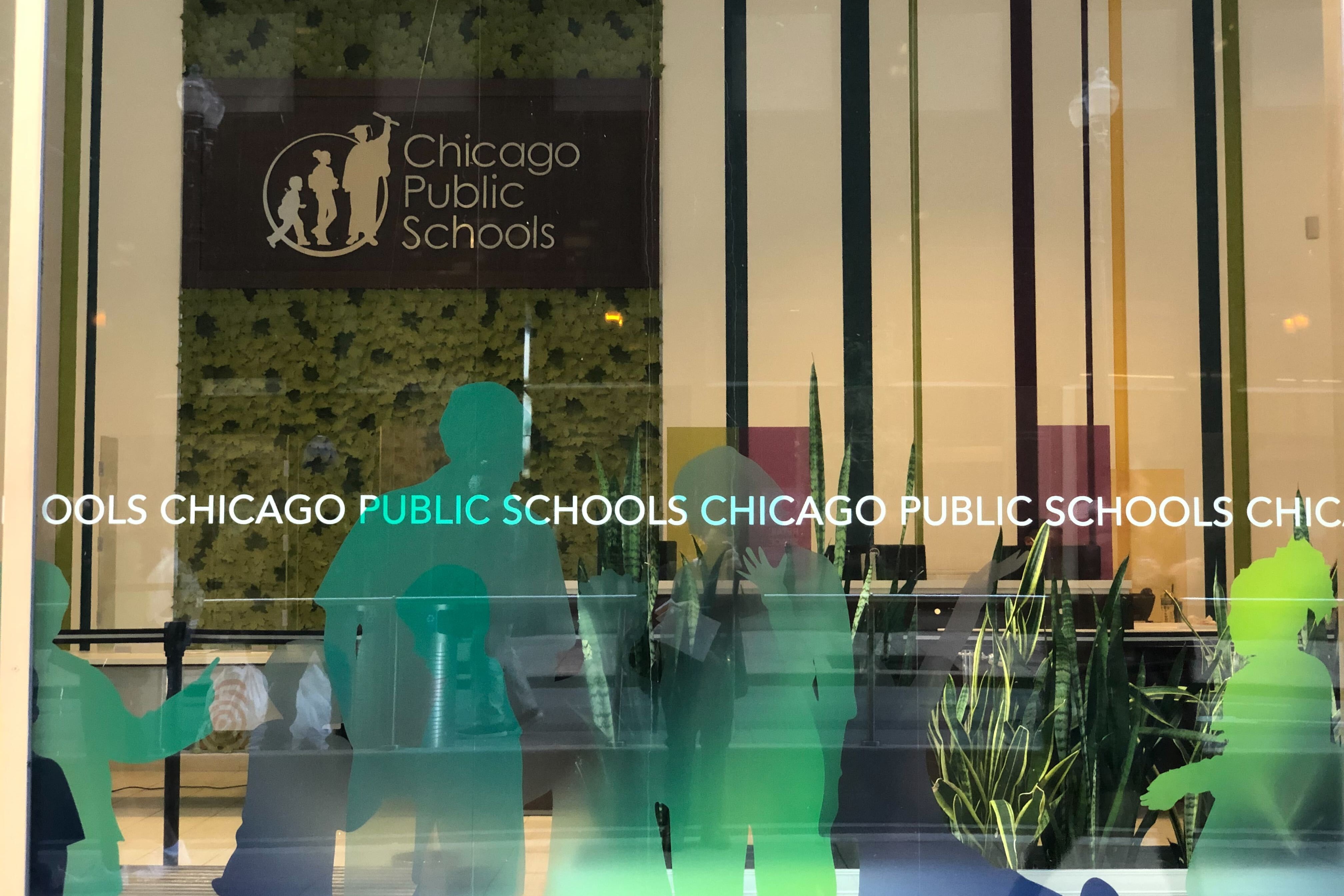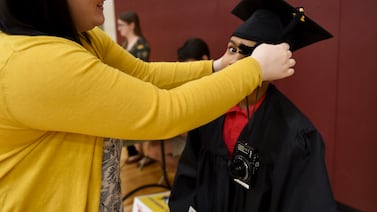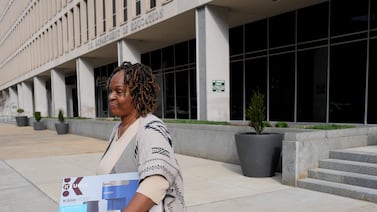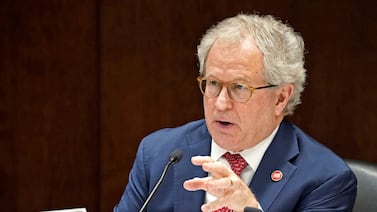Chicago Public Schools leaders warned of looming budget deficits Wednesday, but still promised to increase funds for pandemic recovery, migrant students, and other needs in the coming school year’s budget.
Over the past year, district officials have repeatedly cautioned about leaner budgets ahead. By 2024, the district will spend down its $2.8 billion in federal COVID relief, which has given it a financial cushion. It could lose some revenue with sharp declines in enrollment. At the same time, it faces a squeeze from rising inflation, a possible recession, and increasing pension and debt service costs.
“These issues have been papered over by federal support, but we need to confront them head on,” district CEO Pedro Martinez said.
A district report last fall noted the city has shifted costs onto the district and could offload more expenses amid a transition from mayoral control to an elected school board. The report described the district’s financial outlook as “fragile” and warned of a potential $628 million deficit by 2026, which represents about 6% of this year’s $9.5 billion budget.
The district won’t produce draft school budgets until next month and a districtwide budget until this summer. But despite the financial pressures it faces, officials said the district will continue to invest in summer and after-school programs, school counselors, academic interventionists, and other positions that it said are paying off.
Martinez promised to put more dollars toward students with disabilities, newly arrived migrant students, and student mental health services.
Some board members have previously criticized the city’s move to shift costs to the district. But on Wednesday, the district’s leaders laid the blame squarely on underfunding by the state. Martinez said he would convene community leaders and other supporters to lobby for more dollars.
The state’s school funding formula shows Chicago Public Schools receives about $1 billion less than what Illinois considers adequate funding. Hundreds of thousands of dollars of state money each year service the district’s massive debt rather than provide for classroom needs.
Chicago also is the only district in the state that covers its own teacher pension costs.
Martinez told board members Wednesday the district will continue to ensure each school has arts programming, every high school has an athletic director, and every student has a laptop or tablet. The district also will increase “equity grants” to prop up elementary and high schools with shrinking enrollment.
It will spend $60 million more next year on services for students with disabilities.
In recent years, the district has paid for police officers stationed in schools, crossing guards, and contributions toward a city-run pension fund — costs previously covered by the city. Those expenses this year totaled about $200 million.
The district also could face increased costs for water, sewer, rent, summer programs, and more, which the city may pass on even though it covers some of them for community colleges and other entities.
On Wednesday, district administrators stressed that pandemic relief dollars have allowed it to ward off cuts. Officials said the district has spent $1.7 billion of its federal COVID allocation, with plans to spend $696 million more next school year.
“There has been a temptation to spend the money as quickly as possible but we opted to be more methodical and more strategic,” Martinez said.
“We want to continue to emphasize that the district receives only 75% of what the state says we need to be adequately funded,” said Michael Sitkowski, deputy chief in the district’s budget and management office.
Officials also noted that the district would have more than half a billion dollars each year to spend on instruction if the state covered teacher pensions in the same way it does for other districts — and another half a billion if it did not have to service its debt related to building upkeep. Martinez stressed that both of these costs are slated to rise in coming years.
“Teacher pensions will take any new revenues we have — state or local,” he said. “They will take it all.”
School board member Michael Scott Jr. noted that the district has not succeeded in pleading with the state for more money in the past. He asked if the district has a plan B if it strikes out. But Martinez insisted only that Chicago must focus on getting more funds from Springfield.
“‘They have so few children and so many adults,’” he said he has heard critics contend. “Frankly that’s what we should have had all along.”
Mila Koumpilova is Chalkbeat Chicago’s senior reporter covering Chicago Public Schools. Contact Mila at mkoumpilova@chalkbeat.org.






